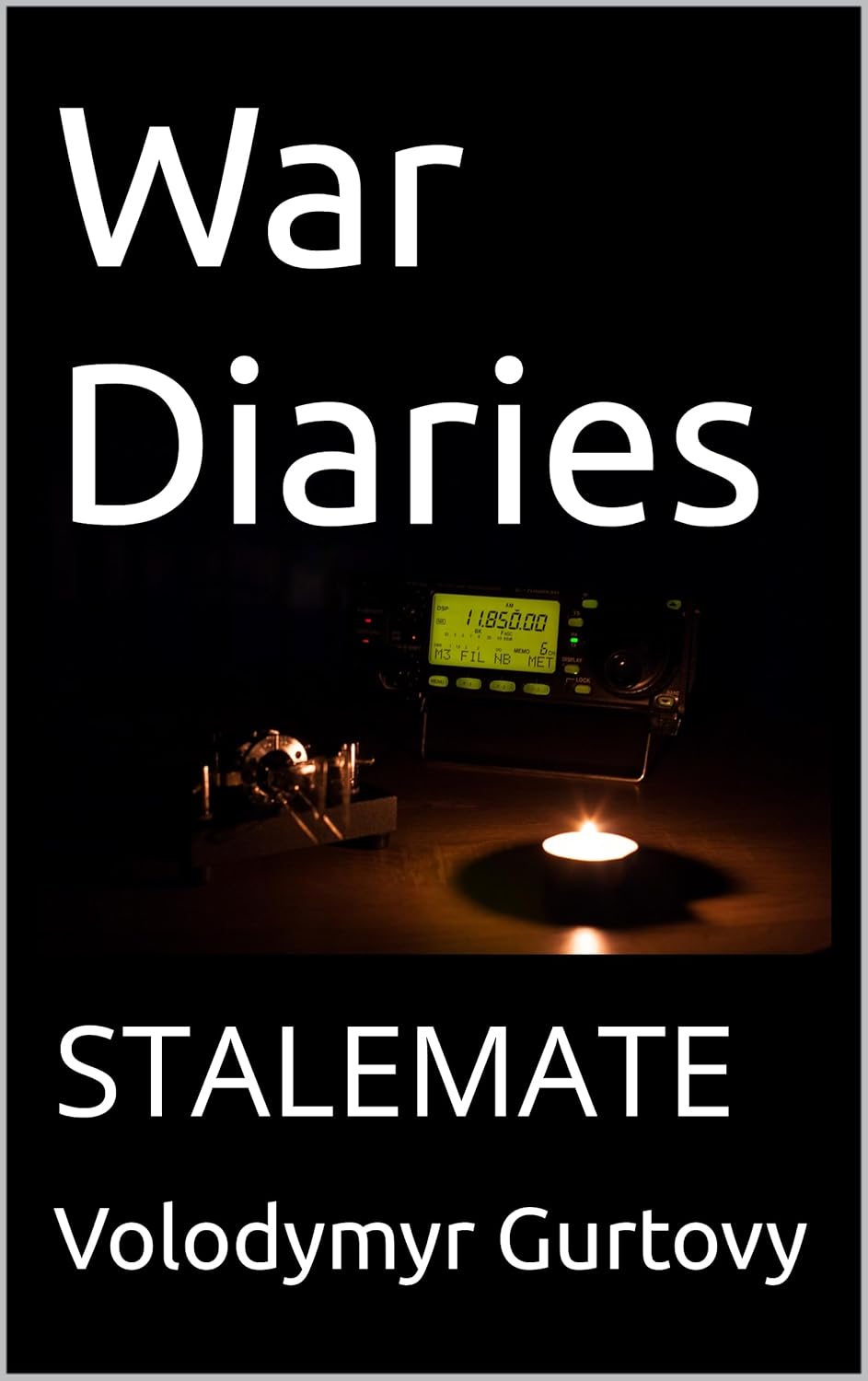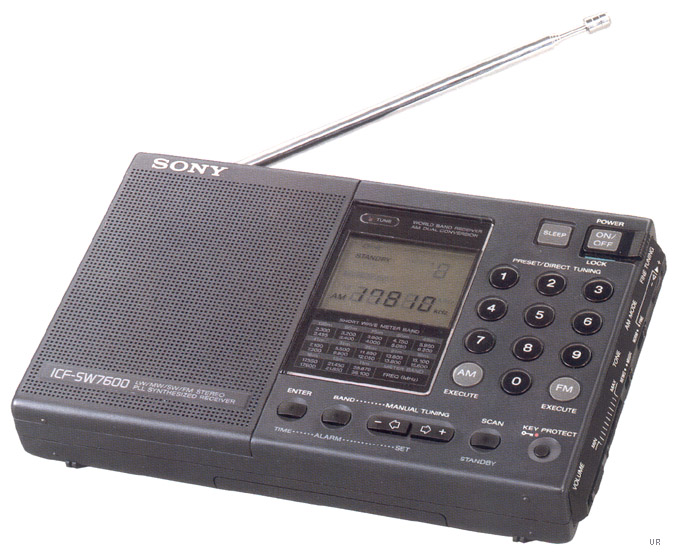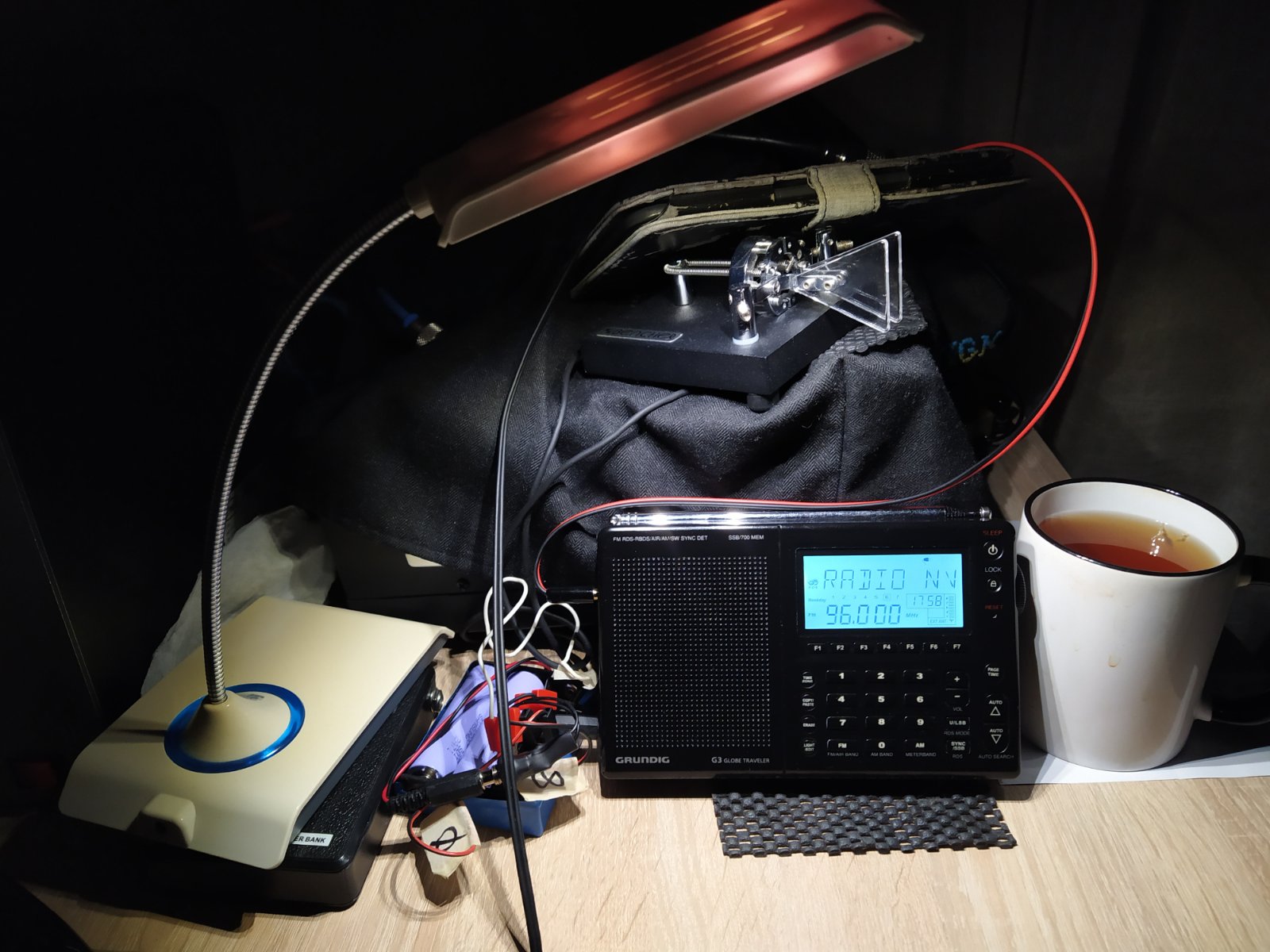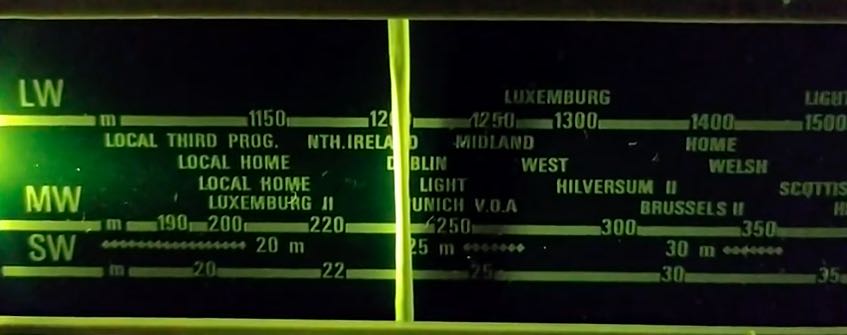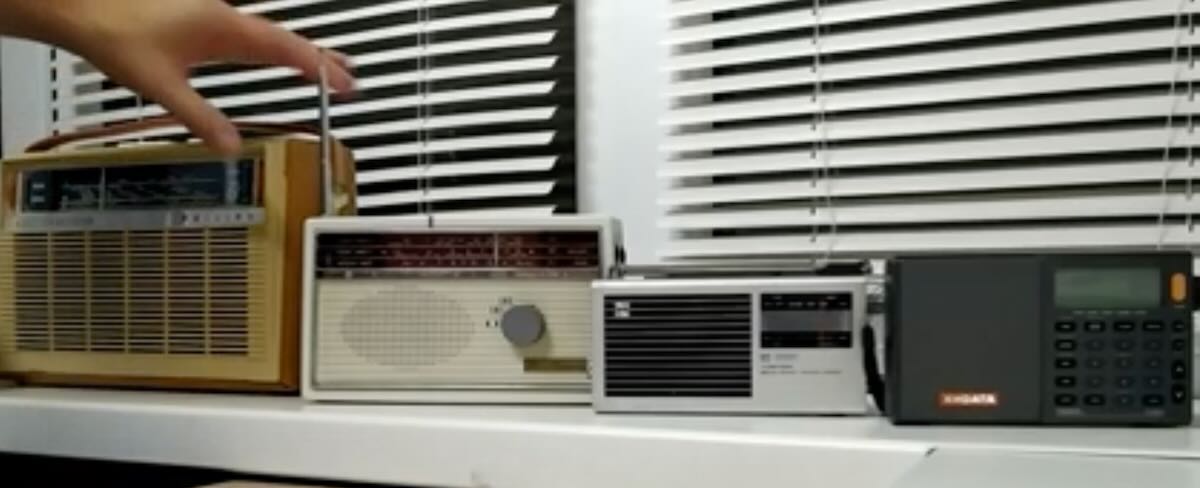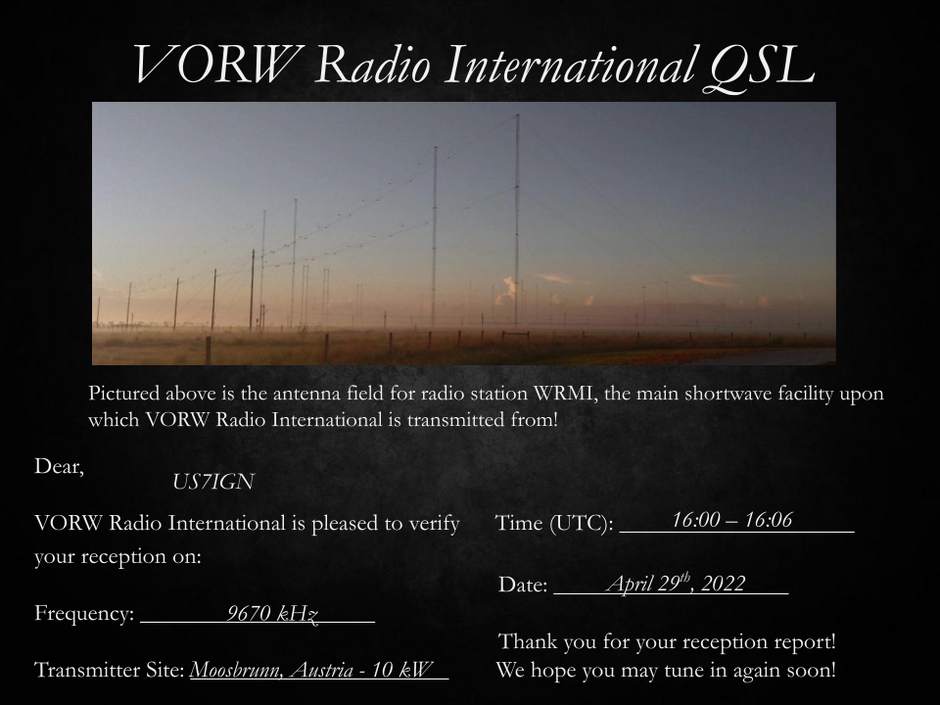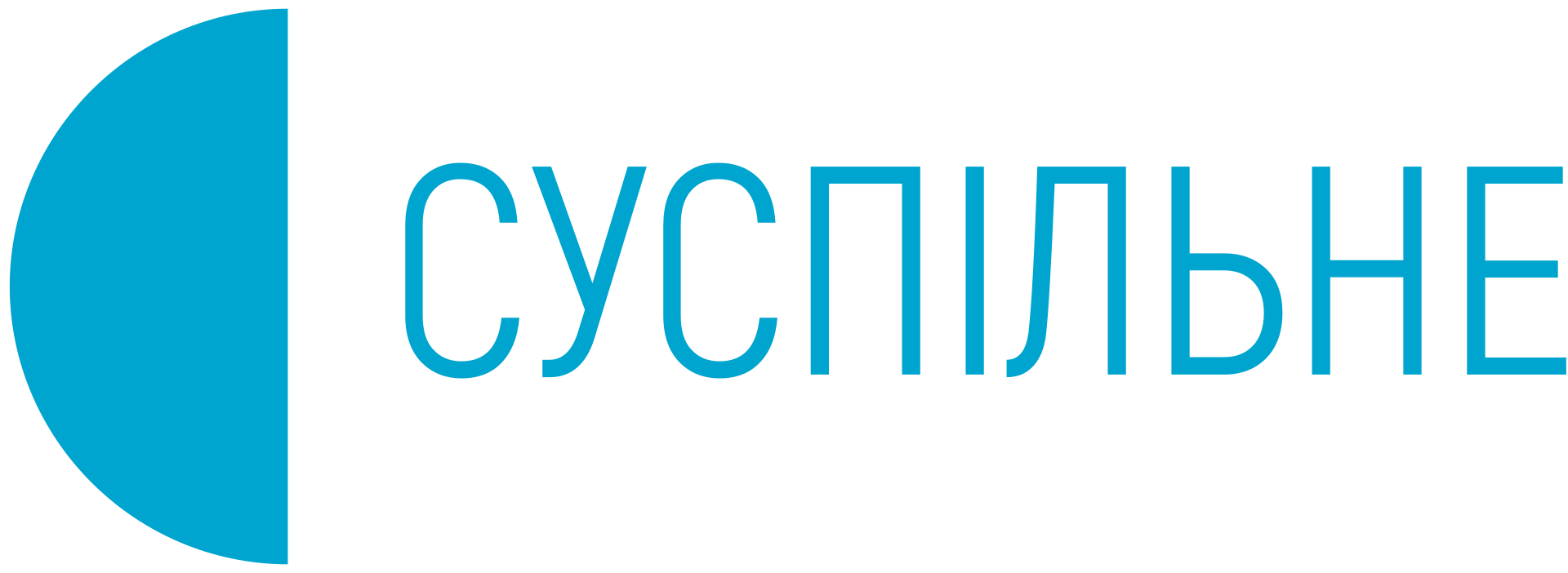I am pleased to announce that my friend and SWLing Post contributor, Wlad (US7IGN), has released his latest book: War Diaries: Stalemate.
You might recall Wlad’s first book, War Diaries: A Radio Amateur in Kyiv, which we’ve recommended here and mentioned several times.
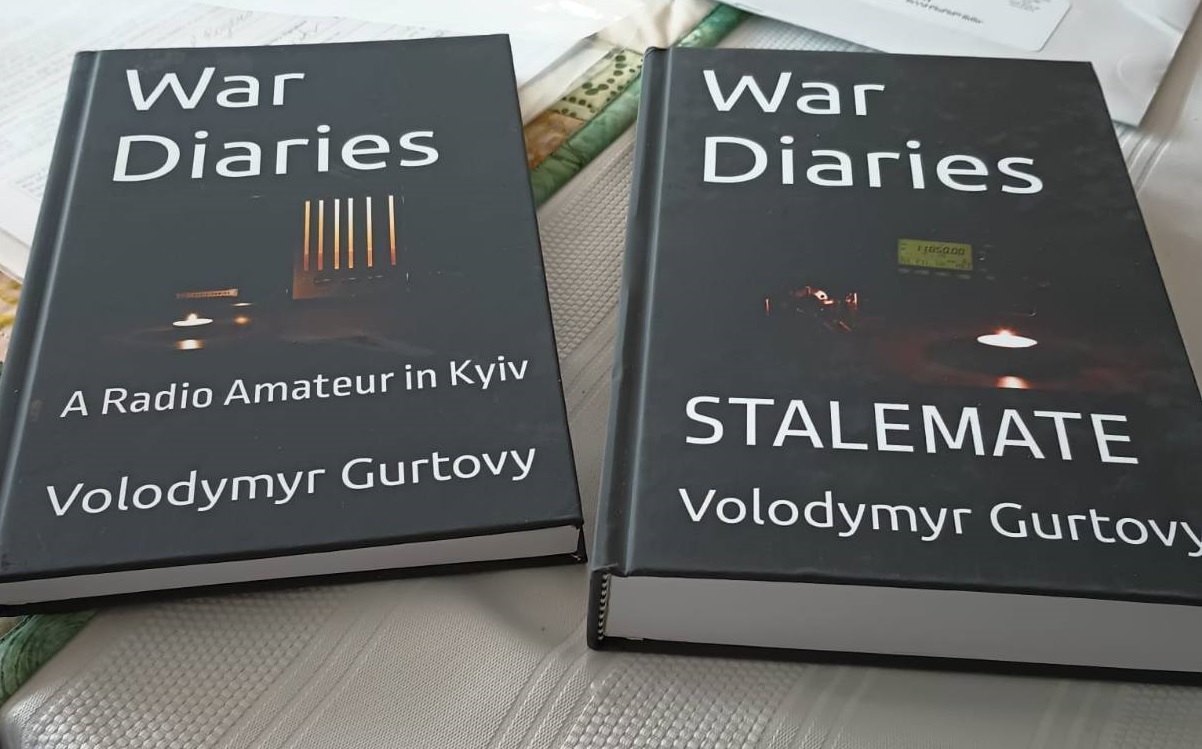 Wlad has seen firsthand what it’s like to live and work in Kyiv during the Russian invasion. Through his diaries, you feel like you’re right there with him, experiencing the dangers and instability that come with living in a country under attack.
Wlad has seen firsthand what it’s like to live and work in Kyiv during the Russian invasion. Through his diaries, you feel like you’re right there with him, experiencing the dangers and instability that come with living in a country under attack.
I highly recommend Wlad’s first book, and I’ve already ordered his second. I hope you’ll consider ordering a copy as well. It’s available in both print and eBook formats.
Wlad is a regular contributor here on the SWLing Post (and over at QRPer.com)–his books offer a unique perspective on the war from the viewpoint of an SWL and ham radio operator. It’s a fascinating perspective from a truly remarkable individual.
Click here to purchase War Diaries: Stalemate.
Note: All Amazon links are auto-converted to affiliate links that support the SWLing Post at no cost to you.

